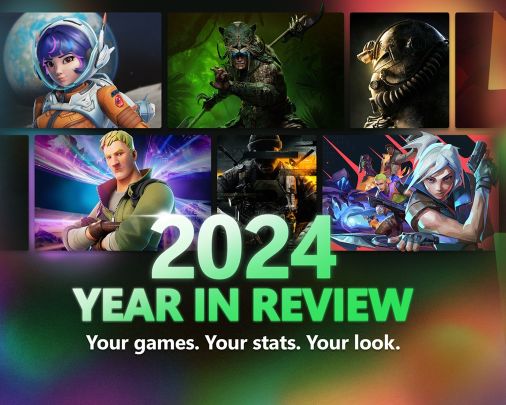

Welcome to the world of Battle Hunter, where your healing potions cost less than your lunch and your biggest enemies are some dice and a bunch of confused treasure-seekers. This gem of a game, with its anime-style charm and tactical RPG flair, was released way back in 1999, when flip phones were smarter than some of the characters you’ll encounter. Spoiler alert: it isn't a classic but it's a classic 'why did I play this?' experience.
The core gameplay in Battle Hunter revolves around an eclectic mix of hunting and relic-retrieving. Picture this: you’re not just hunting creatures; who, frankly, could use a decent life coach. Instead, you’re rummaging around randomly generated dungeons rolling dice like you’re trying to prove who can fail at Monopoly the quickest. You can choose from three options in your turn: move, attack, or rest. Ah, the thrill of lying on the ground pretending to be a hunter while regaining two whole cards. Real intense action right there, folks. Character development is another highlight, providing you with a whopping 11 points to allocate between Movement, Attack, Defense, and Hit Points. Yes, you read that right; 11 points. It’s like playing RPG Tetris with your stats. Plus, there’s a comforting feeling knowing those points won’t do a whole lot unless you plan on running away from enemies more quickly. Cards play an integral role, and let's be real, if you’re into card games, you might find yourself in the wrong genre. You start with a hand of five cards drawn from a colorful deck of 100, which you’ll probably never memorize. Every card has its color and use—blue for movement (because it’s not weird if it’s colored, right?), yellow for defense, red for attacks, and green for traps. Just what you want during your virtual adventure: a real-life anxiety attack worrying about which card does what. Combat is so civilized that it's a surprise nobody brings tea and crumpets. Your combat rounds are short and sweet. You pick an action; the opponent picks one too. You whip out your deck of cards and roll dice, proving once again that luck, not skill, is your true companion. If you lose HP, don’t worry; you won’t ‘die’ in the traditional sense but instead waddle off awkwardly to a random dungeon corner in a fit of embarrassment. Once you defeat a dungeon, you can bring your relic haul back to town—though some relics are essentially junk that make you wonder why you didn’t just stick to those ghastly dungeons in the first place. Other relics could boost your stats or give you a cool breathing room among your fellow hunters. You’re basically a dumpster diver in a world full of relics, and you’ll be excited about that until you see the empty bottle is not a metaphor for your hopes of ever leveling up.
The visuals? Well, let's say they are charmingly dated—like trying to convince your parents that their 'college days' wardrobe is back in style. Picture a pixelated world with something resembling anime flair, but not so much that the characters don’t look like they might pop up as NPCs at a garage sale. Every dungeon is a grid, and you’ll be roaming it while wondering if you should have just listened to the tutorial that feels like it lasts longer than the game itself. Remember, this was the 90s; expectations were low, and nostalgia was still a currency.
In summary, Battle Hunter is like a fumbled family board game night where everyone realizes wearing pajamas to the living room was the smartest choice all along. If you’re looking for a deep, tactical RPG experience, you might want to steer clear, unless you enjoy chaos wrapped in dice rolls. For those interested in a casual jaunt through RPG mechanics wrapped in glorious kitsch, I absolutely recommend giving it a spin—provided you already own a PlayStation and have a soft spot for bad decisions and worse dialogue. Just don’t say I didn’t warn you when your friends ask about that weird game you played for a week and a half.






